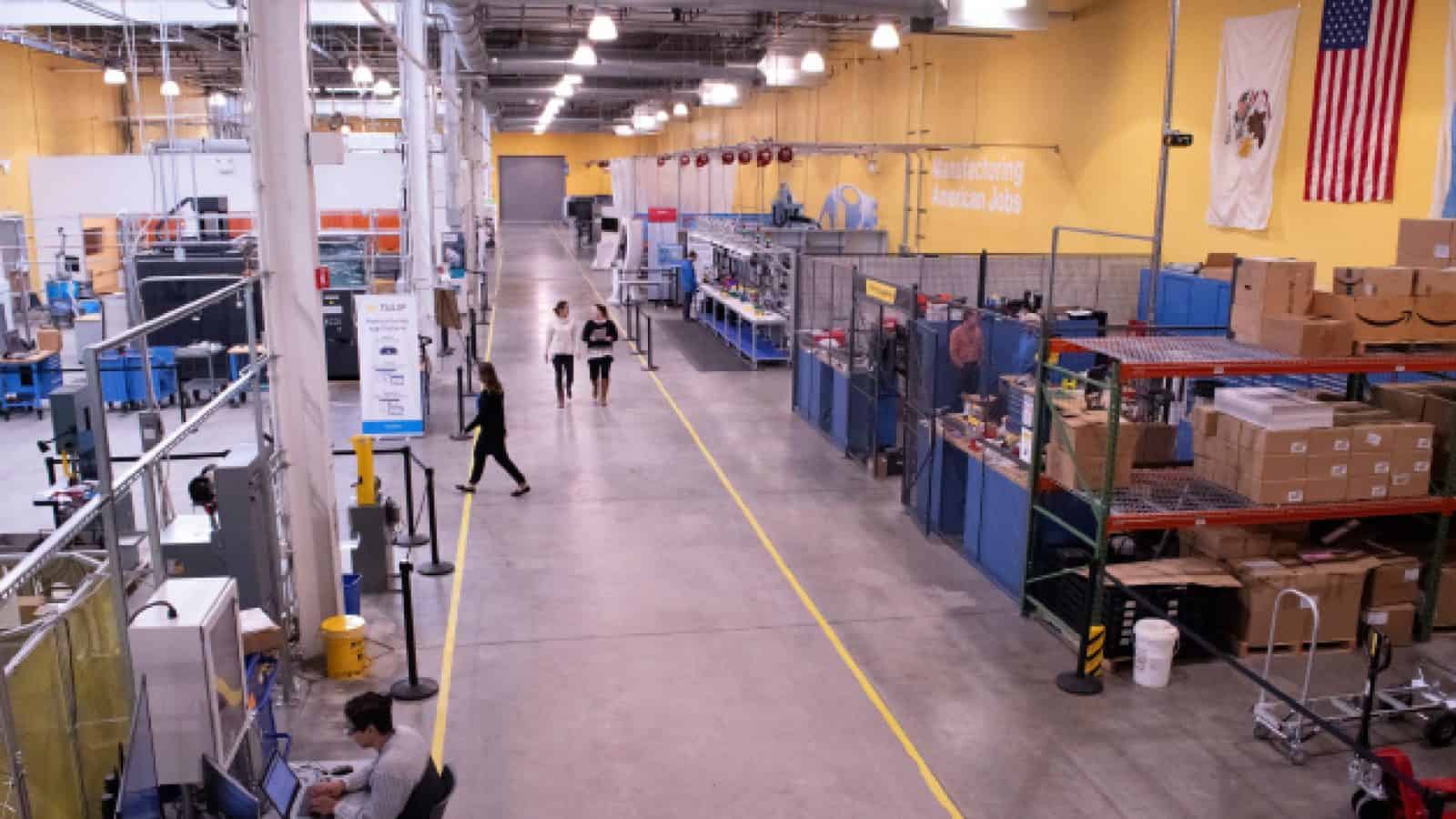For Manufacturers, Digital Maturity Hasn’t Yet Come of Age

Manufacturers are at an early stage of understanding how far advanced they are with Manufacturing 4.0, as they grapple with linking digital strategy to business strategy, cultural and organizational issues, and leadership development challenges.

KEY TAKEAWAYS:
● A majority of manufacturers either do not have a formal process for digital maturity or do informal benchmarking.
● A majority of manufacturers have a digital maturity target of Manual Execution with Digital Support, with an equal balance of companies feeling like they are on track or behind schedule.
● Digital strategy, in general, is still poorly integrated with overall business strategy, capital strategy, supplier decisions, and M&A strategy yet remains vital towards future competitiveness.
As companies continue to share feedback that they are either not seeing value from digital transformations or are feeling like they are behind schedule, MLC fielded a new survey to understand how companies are managing digital maturity. Having clear criteria for success is important for any transformation journey, and the survey results show that manufacturers are just starting to put in place formal metrics for assessing their maturity.
Manufacturers continue to focus on building the core foundation of Manufacturing 4.0 through technology investments and workforce development. However, in order to become digitally mature, what’s required is a deeper integration of Manufacturing 4.0 with the rest of manufacturers’ business processes. Additionally, to overcome the cultural barriers facing digital transformation, leadership teams need to be more committed to their own development and active engagement in this change.
Section 1: Measuring Digital Maturity
Measurements of digital maturity are not yet universally defined, which leads to variation in how companies understand their current maturity level. Currently, roughly 10% of manufacturers (across both SMM and large companies) do a formal external assessment against some sort of defined standard. Roughly 30% (again, for both SMM and large) do external benchmarking. With regards to internal assessments, however, there is a significant difference, with roughly 46% of large manufacturer respondents doing internal assessments across factories. Most large manufacturers that conduct any sort of assessment do so through a combination of assessments, while most SMMs do only one type of assessment. Overall, however, roughly 50% of total respondents do not have any formal process by which maturity is assessed.
This lack of a formal process is validated by the frequency in which assessments are done. For SMMs, the majority of companies that do assessments do so once a year or less. For large manufacturers, it is roughly split between ongoing assessments and once a year or less.
Finally, there is a difference in the business metrics that align with digital maturity. For SMMs, the focus is on customer and employees (on-time delivery, product quality, and employee satisfaction are in the top 5), while large manufacturers are focused on traditional operational metrics (cost savings, OEE, and productivity are in the top 5).
1. Digital Maturity is Still a Feeling vs. a Quantifiable Metric
Q: How does your company measure digital maturity?

2. Few Link Maturity Measurements to Formal Planning Cycles
Q: How often do you measure digital maturity

3. SMMs Leverage Customer and Employee KPIs, While Large Firms Rely on Traditional Operational Metrics
Q: What business KPIs are used specifically to measure digital maturity?

When looking across various aspects of the business, survey results show consistency between SMM and large manufacturers when it comes to digital maturity target, progress, and peer competitiveness. The digital maturity targets for operations and supply chain reflect normal distributions, centered around a level 2 – manual execution with digital support. For maintenance, product development, and workforce development, the results indicate left-centered distributions, with more companies targeting lower maturity levels than for operations or supply chain.
Digital progress versus target is relatively consistent across all processes, with an even distribution between on-track and behind schedule. The biggest gap in progress is around workforce development.
Finally, when comparing to peers, survey respondents indicate a difference in perception, especially around operations, with 23% of respondents feeling they are ahead of their peers. As with their internal view of progress, the area where companies feel they are further behind their peers is around workforce development.
4. Digital Maturity Targets Reflect the Challenges of Transformation
Q: How would you assess you digital maturity TARGET?

5. Project Success Guides Progress
Q: How would you assess your digital maturity LEVEL vs. TARGET?

6. Peer Assessments a Mixed Bag
Q: How would you assess your digital maturity vs. your PEERS?

Section 2: Digital, Business Strategy Integration Lacking
When looking at how digital transformation strategy is integrated with other business strategies, there is quite a bit of variability, with the weighted average relatively low. On a scale of 0-10 (with 10 being highly integrated), the survey results peg overall business strategy and capital investment strategy at ~3.3. The integration with M&A, partnerships, and supplier decisions is less at ~2.5. However, the overall importance of digital maturity towards future competitiveness is ~4.7.
This validates the need for integration of digital projects in all aspects of the business as critical for digital maturity growth.
7.Strong Influence of Digital Maturity on Competitiveness
Q: How well does your smart factory strategy integrate / influence the following?
1 (low integration / importance) – 10 (high integration / importance)

Section 3: A Need for Greater Leadership Knowledge
Leadership plays a critical role in corporate culture. As culture continues to be identified as a key driver for digital transformation success, the data demonstrates a validation of the need to continue to focus on developing leadership knowledge and skills with the same rigor as front-line workers. Two-thirds of respondents feel that leaders are knowledgeable about Manufacturing 4.0 but are in need of external guidance to effectively lead transformation efforts. Additionally, 20% are uninformed and in need of significant support. What was interesting in the results is that C-suite leaders who responded ranked themselves as less informed than other respondents. This awareness is an important step towards improving their knowledge and skills.
An important step in developing their skills and knowledge is to incorporate Manufacturing 4.0 topics into their regular learning and development program. Only 20% of respondents felt that this currently in place, while over 60% felt learning was either ad-hoc or nonexistent.
These findings are further validated when looking at the roadblocks to improving digital maturity. Organization structure / culture that resists change and leadership digital acumen, along with a skilled workforce and leadership buy-in, were listed as top barriers for both SMM and large manufacturers.
Where a delta was seen in roadblocks (although all of these items were important) was large manufacturers identifying data and systems integration as critical and SMM companies identifying investments / access to budgets and an M4.0 roadmap as critical. M
8. Greater Leadership Learning Needed
Q: Digital acumen of company’s senior leadership team.

9. M4.0 Needs to Be Embedded in Formal L&D Programs
Q: How often does the senior leadership team engage in active learning around digital transformation?

10. Organizational Structure, Culture Remain Top Roadblocks
Q: What do you feel are your company’s primary roadblocks to improving your digital maturity?

About the author:

Steven Moskowitz, Ph.D., is the Senior Director, Event Content at the Manufacturing Leadership Council.
